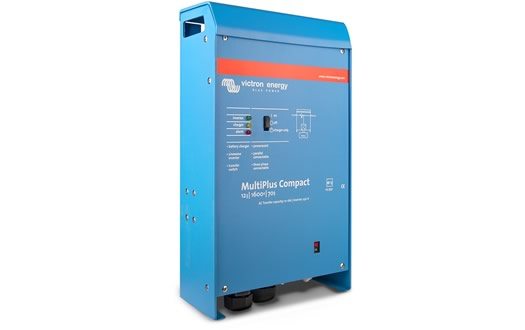the core of my electrical system is a pair of 125AH Lifepo4 batteries from STARPOWER, REDARC 1240D dcdc charger and this Victron Multiplus inverter/charger (thanks to Diplostat for pointing me in this direction)
im about to start putting all of this together and have a few questions about the inverter. the first thing i did was install a 30 amp inlet underneath the van to bring power in. after i run the 10/2 wire into the van do i need to install a load center, pictured below or can i run the 10/2 directly to the inverter?
Thank you for your time,
The MultiPlus is a powerful true sine wave inverter, a sophisticated battery charger that features adaptive charge technology, and a high-speed AC transfer switch in a single compact enclosure.
https://starkpower.com/product/victron-energy-multiplus-compact-2000-inverter-charger



im about to start putting all of this together and have a few questions about the inverter. the first thing i did was install a 30 amp inlet underneath the van to bring power in. after i run the 10/2 wire into the van do i need to install a load center, pictured below or can i run the 10/2 directly to the inverter?
Thank you for your time,
The MultiPlus is a powerful true sine wave inverter, a sophisticated battery charger that features adaptive charge technology, and a high-speed AC transfer switch in a single compact enclosure.
- 12 volt DC input
- Pure Sine Wave 120 volt 60 Hz AC output
- 50 Amp transfer switch
- 4 stage 80 Amp charger for main battery
- 4 Amp charger for start battery
- Battery temperature sensor included
- Optional remote panel available – see below
- Compact 20.5″ x 10″ x 5″ dimensions
- 25 Lbs
https://starkpower.com/product/victron-energy-multiplus-compact-2000-inverter-charger




